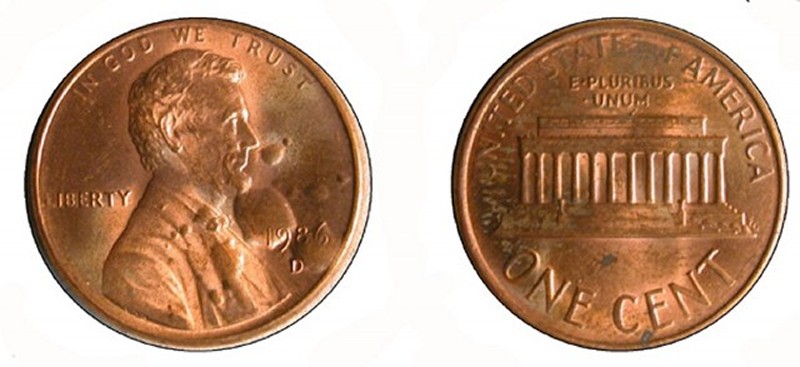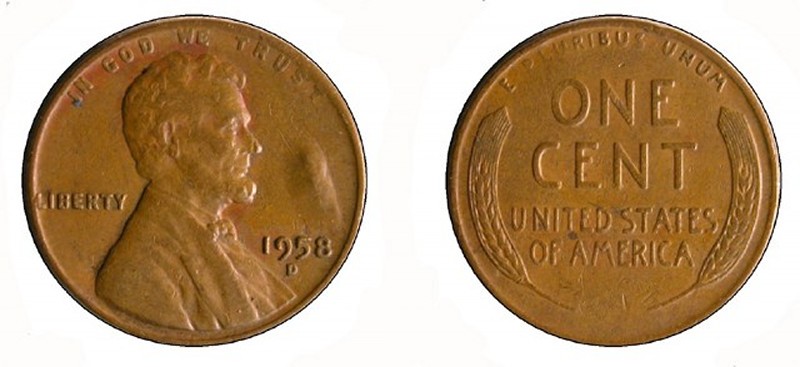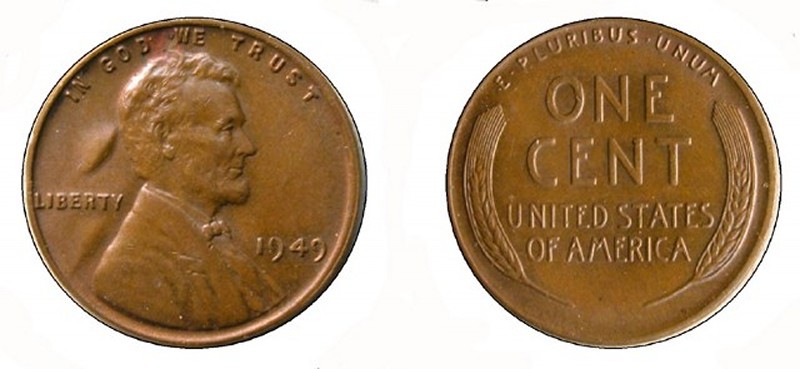PART V. Planchet Errors:
Alloy Errors:
Gas Bubbles
Definition: On rare occasions a pocket of gas forms and expands when a planchet is struck. The heat generated by the strike is deemed responsible for the gas expansion. The expanding gas pushes up the overlying metal, producing a rounded bulge with soft borders. If the roof remains intact, the error is designated an “occluded gas bubble”. If the roof explodes from the internal pressure, we call it a “ruptured gas bubble”.
If the roof is thin, it will flex or it will be left with a dimple when the tip of a toothpick is pressed into it. If the roof is thick, it may not yield to pressure.
By definition, occluded gas bubbles are generally restricted to solid-alloy issues. While gas bubbles are sometimes seen on clad coins, these always turn out to have been caused by heat applied externally outside the Mint. Occluded gas bubbles should not be confused with blistered plating, the latter being an affliction restricted to copper-plated zinc cents.

A 1986-D cent with blistered plating is shown in the above images. The blisters are unusually large.

The next set of images are of a 1958-D cent with a large occluded gas bubble above the date.

The last set of images show a 1949(P) cent with two occluded gas bubbles seen to the left of Lincoln’s bust.